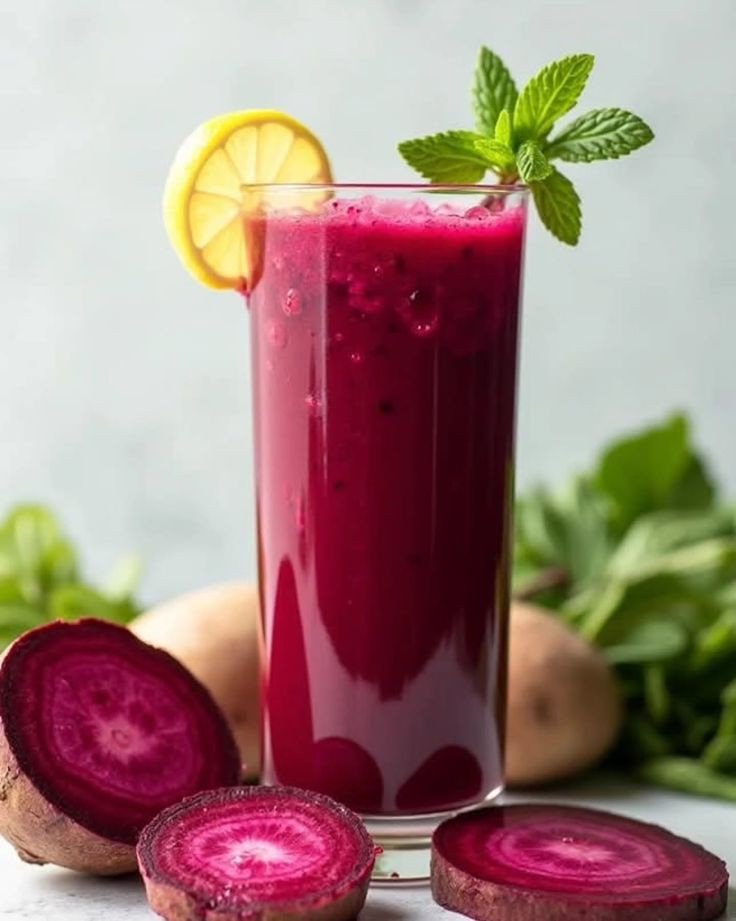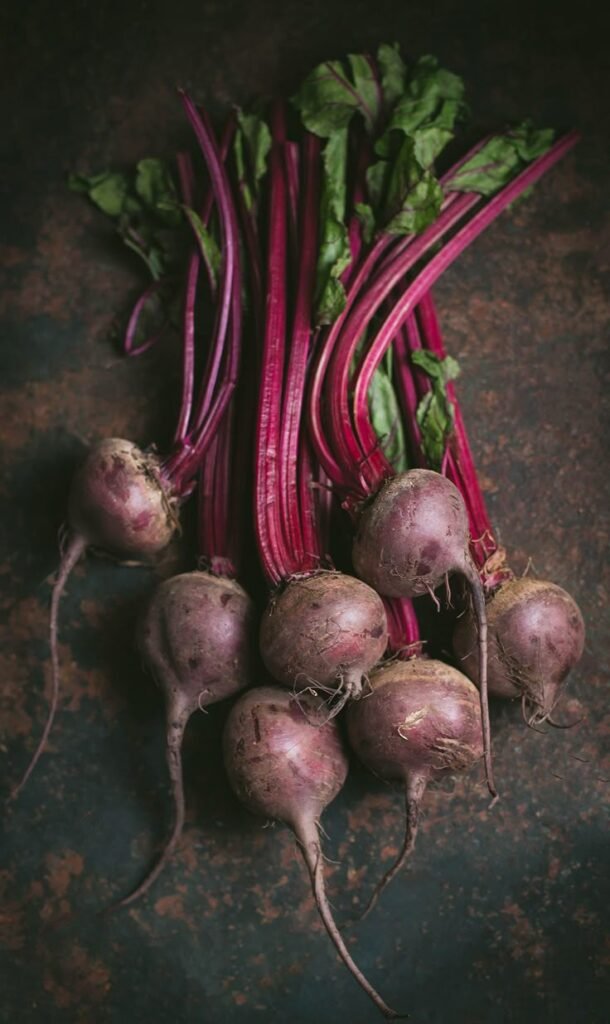Nutrition
Fact sheet about legume in Ghana

It is fascinating to note that:
- was released in 1992. It has medium maturing attribute, resistant to shattering, seed colour is cream, maturity period is 105-115 days and it yields 1.2 to 1.8 ton/h. Anidaso is applicable in Guinea Savanna, Sudan Savanna, transition and coastal Savanna zones. It can be processed for oil; can be used as meal for the animal feed industry; can be processed for human consumption and made into products including soy milk, soy flour, soy protein, tofu and many retail food products. Soybeans are also used in many non-food (industrial) products.
- was released in 1992. Its seed coat colour is cream, matures in 100-110 days, yields 1.8 t/ha. It is suitable for Guinea Savanna, Sudan Savanna, transition and coastal zones. It can be processed for oil; it can be used as meal for the animal feed industry; can be processed for human consumption and made into products including soy milk, soy flour, soy protein, tofu and many retail food products. Soybeans are used also in many non-food (industrial) products.
- was released in 2005. It has early-maturing attribute, has bold and creamy seed, tolerant to lodging, it is early-maturing (89-93 days), tolerant to major virus diseases of soybean in Ghana and has seed yield of 2.1t/ha. CRI-Nangbaar is applicable in Guinea Savanna, Sudan Savanna, transition and coastal Savanna zones. It can be processed for their oil: it can be used as meal for the animal feed industry; can be processed for human consumption and made into products including soy milk, soy flour, soy protein, tofu and many retail food products. Soybeans are also used in many non-food (industrial) products.
- was released in 2005. It has early-maturing (92-97 days) attribute, cream in colour, moderately resistant to virus, anthracnose. It is high-yielding (2.4 t/ha). CRI-Ahoto is suitable forGuinea Savanna, Sudan Savanna, transition and coastal Savanna zones. It can be processed for their oil; can be used as meal for the animal feed industry; can be processed for human consumption and made into products including soy milk, soy flour, soy protein, tofu and many retail food products. Soybeans are used also in much non-food.
- was released in 2018. Matures in 101 days, resistant to soybean rust disease, has yield potential of 3.4t/ha. It is resistant to pod shattering, it has stay-green trait, tolerant to drought even in the face of severe drought and resistant to lodging. It is applicable in Savanna and the forest-Savanna transition zones. It can be processed for oil; can be used as meal for the animal feed industry; can be processed for human consumption and made into products including soy milk, soy flour, soy protein, tofu and many retail food products. Soybeans are used also in many non-food (industrial) products.
- was released in 2018. It has high number of branches per plant, high number of pods per peduncle, resistant to lodging and the soybean rust disease and potential yield of 3.5t/ ha. CRI-Toondana is suitable for Savanna and the forest-Savanna transition zones. It can be processed for oil; can be used as meal for the animal feed industry; can be processed for human consumption and made into products including soy milk, soy flour, soy protein, tofu and many retail food products. Soybeans are used also in many non-food (industrial) products.
- soya bean variety was released in 1985. Its maturity period is 15 days, yield potential is 2.4 t/ha, susceptible to shattering, seed colour is cream, easy to thresh, excellent seed quality, good yield across many locations, tolerant to bacterial pustule and Cercospora leaf spot and good trap crop for Striga hermonthica. It is applicable in Guinea and Sudan Savanna, and transitional zone. It can be processed for oil; can be used as meal for the animal feed industry; can be processed for human consumption and made into products including soy milk, soy flour, soy protein, tofu and many retail food products. Soybeans are used also in many non-food (industrial) products.
- soya bean variety was released in 1985. It matures in 130 days, yield potential is 2.8 t/ha, seed colour is cream, susceptible to shattering, stable yield, easy to thresh, excellent seed quality and tolerant to common soy[1]bean pests and diseases. It is suitable for Guinea and Sudan Savanna, and transitional zone. It can be processed for oil; can be used as meal for the animal feed industry; can be processed for human consumption and made into products including soy milk, soy flour, soy protein, tofu and many retail food products. Soybeans are used also in many non-food (industrial) products.
- was released in 2003. Yield potential is 2.5-2.8 t/ ha, resistant to pod shattering (up to 3% shattering), medium maturity (110-115 days), seed colour is cream, excellent seed quality, high and stable yield across many environments, tolerant to common soy[1]bean pests and diseases, relatively tolerant to low soil P and trap-crop for Striga hermonthica. It is applicable in Guinea and Sudan Savanna, transitional and forest zones. It can be processed for oil; can be used as meal for the animal feed industry; can be processed for human consumption and made into products including soy milk, soy flour, soy protein, tofu and many retail food products. Soybeans are used also in many non-food (industrial) products.
Source: Manual of Agricultural Technologies
developed by CSIR, MAG and MoFA.
Page 56-61
#######
Nutrition
Refreshing Beetroot Juice Recipe

Ingredients:
- 2 large beetroots, peeled and chopped
- 1 large apple, chopped
- 1-inch piece of fresh ginger, peeled
- ½ lemon, juiced
- ½ cup of water
- Ice cubes (optional)
Method:
- Add the chopped beetroot, apple, and ginger to a juicer.
- Juice the ingredients and collect the juice in a glass.
- Squeeze in the lemon juice and mix well.
- Add water to adjust the consistency and taste.
- Strain the juice if you prefer a smoother texture.
- Serve immediately and enjoy!
Benefits of Beetroot:
- Rich in antioxidants and vitamins
- May help lower blood pressure
- Supports heart health
- Provides essential nutrients to the body
By: Theresa Dzifa Tsetse
Join our WhatsApp Channel now!
https://whatsapp.com/channel/0029VbBElzjInlqHhl1aTU27
Nutrition
The Life-Saving Power of RUTF and Why It Matters for Ghana’s Children
Introduction:
Malnutrition has quietly become one of Ghana’s most urgent public health threats. Though it may not always dominate headlines like infectious diseases, its effects on children under five are devastating, impacting physical growth, cognitive development, academic potential, and long-term productivity.
What is RUTF?
Ready-to-Use Therapeutic Food (RUTF) is a groundbreaking innovation in treating malnutrition. Each sachet contains a scientifically formulated blend of energy, healthy fats, protein, vitamins, and minerals, compacted into a highly absorbable paste.
Malnourished children often have weak digestive systems, making it difficult for their bodies to process ordinary foods or hospital diets. RUTF bypasses these challenges, delivering nutrients in a form the body can immediately use for healing and rebuilding.
Rapid Impact and Benefits:
- Energy levels rise, appetite returns, and weight gain is often noticeable within days.
- Helps prevent complications such as infections, stunting, and developmental delays.
- Can be administered safely at home, reducing the need for frequent hospital visits.
- Frees health facilities to focus on the most critical cases.
Effectiveness:
Studies across Africa show recovery rates of over 80% when RUTF is used correctly. By shortening recovery time, children return to normal growth patterns, rejoin school, and regain the vitality necessary for healthy development.
Why It Matters for Ghana:
RUTF is more than a medical intervention—it’s an investment in the nation’s future. Children who recover from severe malnutrition are more likely to thrive academically, contribute economically, and grow into healthier adults.
The long-term social and economic benefits ripple far beyond households, strengthening Ghana’s human capital and making RUTF a strategic national priority.
By: Women, Media and Change – Nourish Ghana Project
Join our WhatsApp Channel now!
https://whatsapp.com/channel/0029VbBElzjInlqHhl1aTU27







